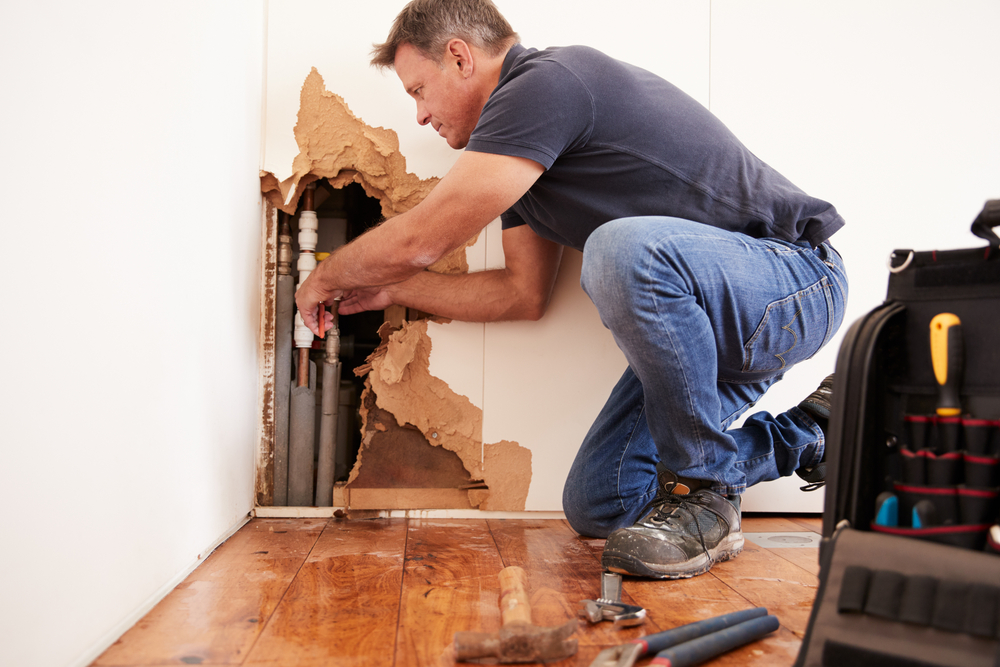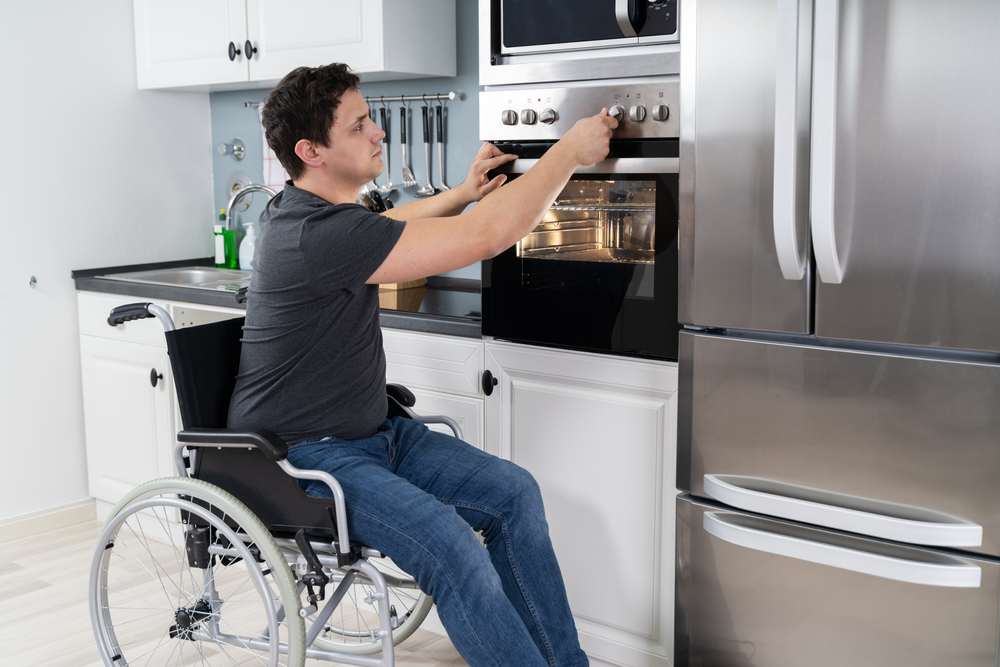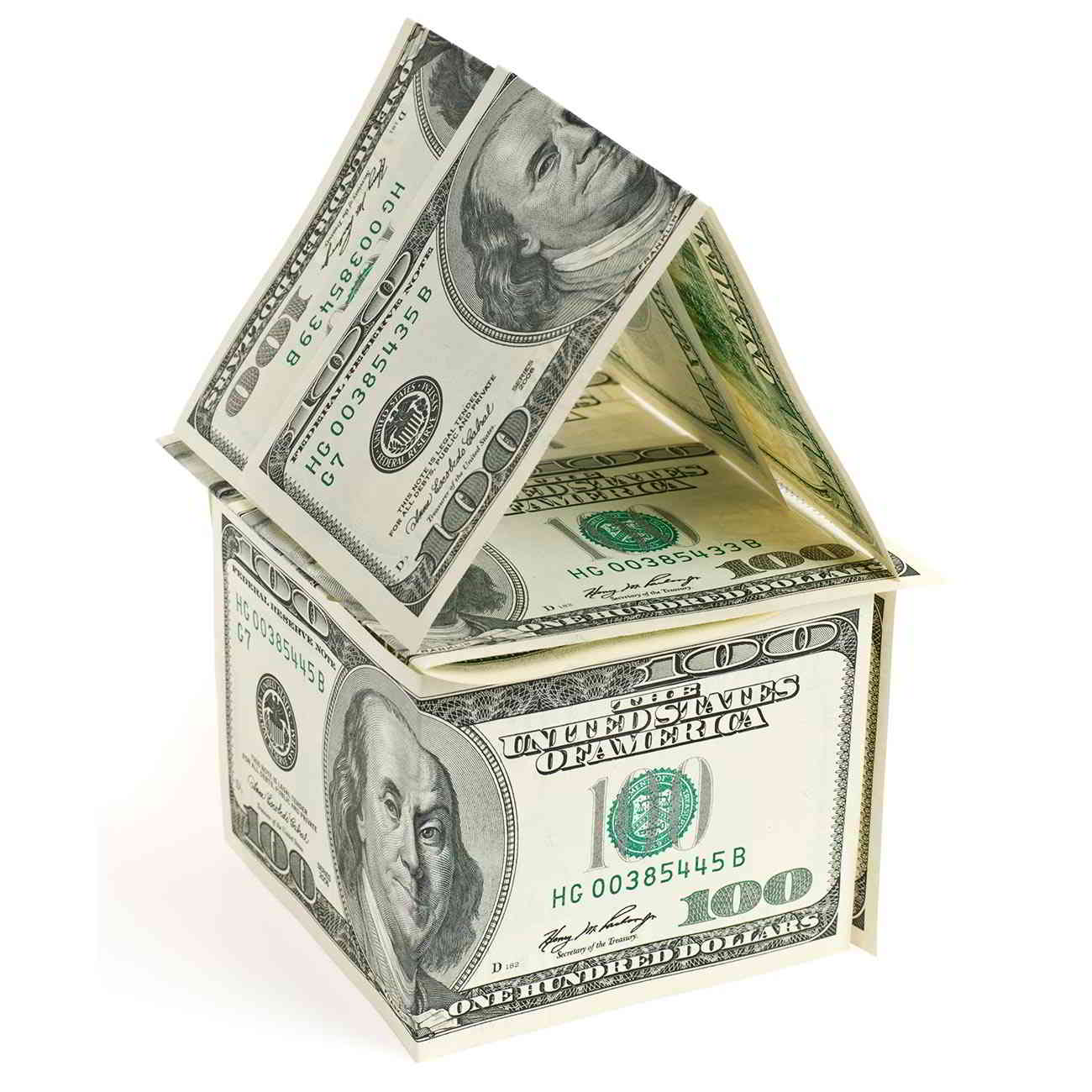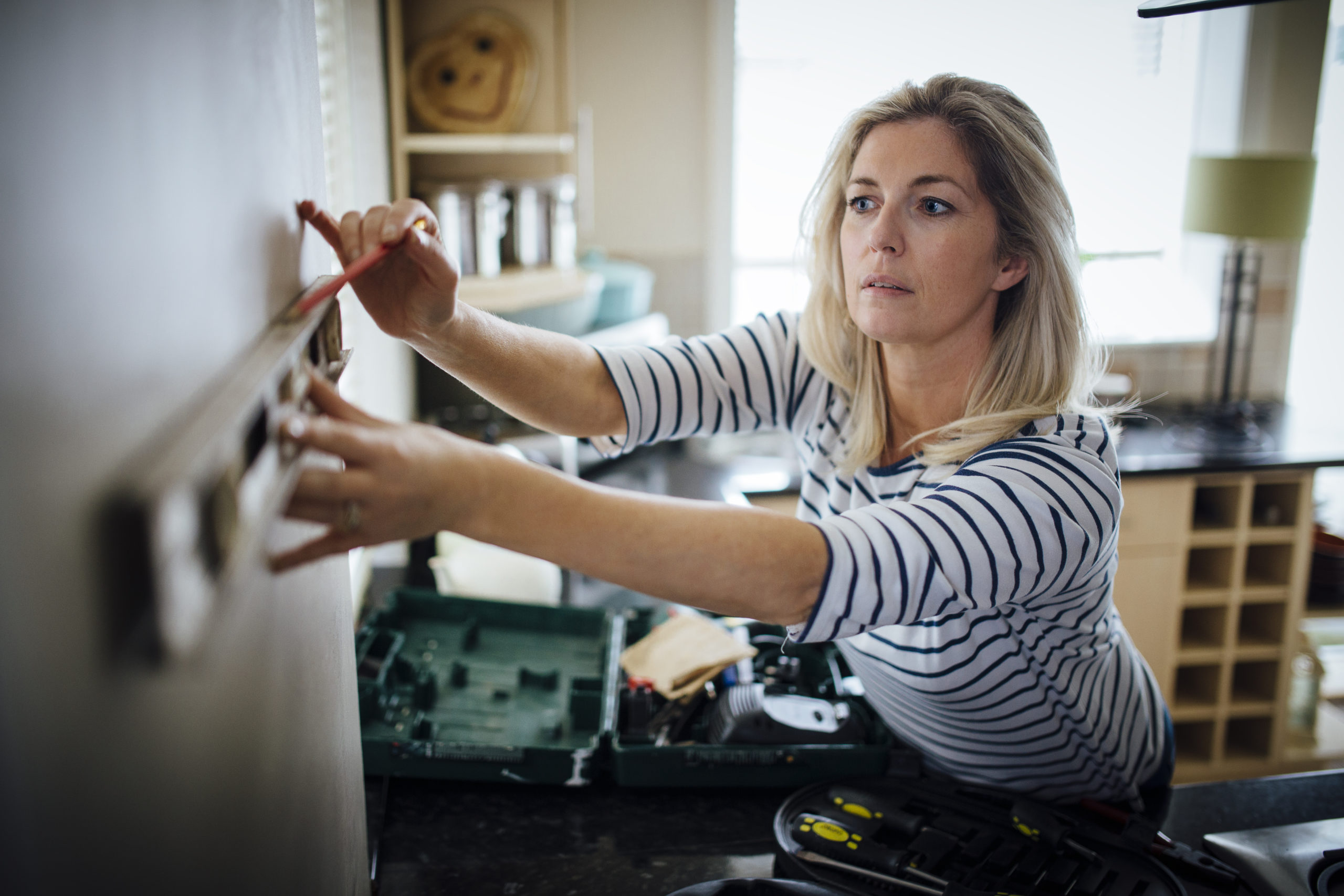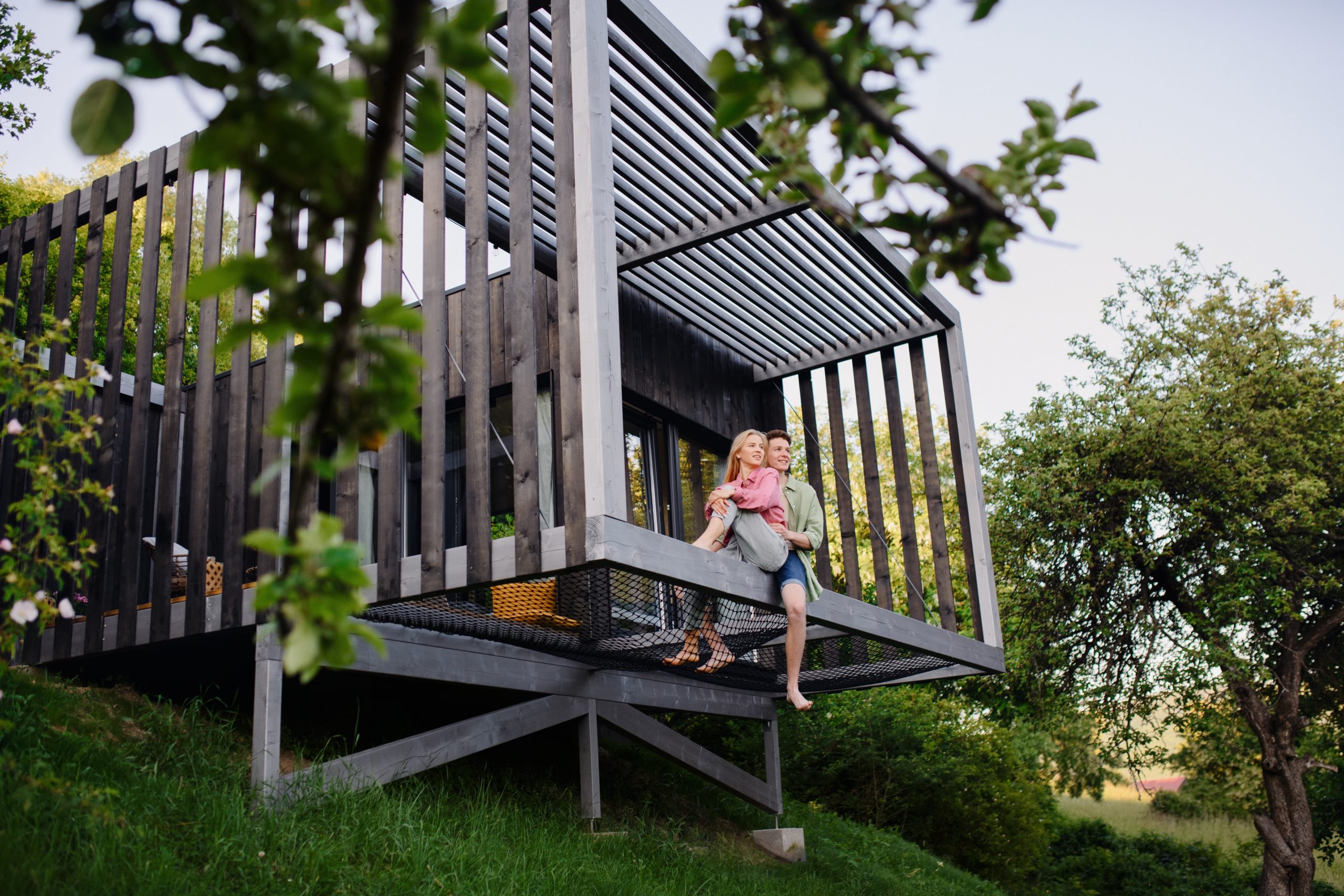Home Improvement Personal Loans for Aging in Place

Living in the same place for years or even decades helps us form deep and permanent ties to our communities.
These connections are extremely important to seniors, who overwhelmingly desire to stay in their own homes as they get older.
This concept is called “aging in place,” and according to the AARP, almost 90% of seniors over the age of 65 have expressed their desire to remain in their own homes throughout their golden years rather than move into assisted living or memory care facilities.
There’s a bit more to aging in place than just staying in your own home, though. It also includes the ability to live, regardless of income, age or ability:
- Safely
- Independently
- Comfortably
- Securely
The benefits of aging in place can include better health, increased satisfaction, and greater self-esteem. Successfully aging in place, however, may require you to modify many areas of your home to provide increased mobility, ease of access, or functionality.
AmONE created this guide to help you get a sense of common home modifications for people aging in place and the ways you can pay for them, including home improvement personal loans.
How Can You Pay for Home Modifications for Aging in Place?
Figuring out how to pay for home improvements for people aging in place is the first step in creating your action plan.
While many of these improvements and modifications can be done on the cheap, others are big-ticket expenses that may require you to borrow money.
Home improvement personal loan
Banks, credit unions, and online lenders offer personal loans to qualified borrowers. You can use the money any way you see fit, including:
- Installing a curbless shower
- Building a wheelchair ramp
- Installing new flooring
- Lowering your cabinet height
- Purchasing a stair lift
The amount you can borrow and the interest rate largely depend on your credit score. You’ll have regular monthly payments, a fixed interest rate, and a firm loan maturity date.
Home equity loan
A home equity loan taps into a portion of the equity in appreciated homes. You’ll have a second mortgage loan with its own interest rate, payment terms, and maturity date just like your primary mortgage.
Reverse mortgage
A reverse mortgage allows you to borrow money using your home as collateral. It works differently than a traditional mortgage or cash-out equity refinance, though:
- You don’t pay on the reverse mortgage note while you live in your home
- Loan principal accrues over time due to interest and fees
- The longer you continue living in your home, the larger the loan balance grows
- When you decide to sell your home, you pay back the reverse mortgage from sale proceeds along with any remaining balance on your primary mortgage
Credit card
Credit cards may be the easiest way to pay for smaller home modifications for people aging in place, but they may not be your best option. Here’s why:
- Interest rates on credit cards generally run around 20% – much higher than many other forms of borrowing.
- High balances will negatively impact your credit score, which could hamper your ability to secure favorable loan terms if you decide to pursue different methods of paying for home improvements for people aging in place.
- Interest rates are on the rise. The higher they go, the more money carrying debt on your credit cards will cost over the long term
- It’s easy to overspend.
Savings or retirement funds
Even if you have healthy checking and savings accounts, it may not be in your best interest to use these funds to pay for some of the larger items on your aging-in-place checklist.
You could be taking a big bite out of your financial liquidity, and you never know how far you’ll have to stretch these funds or when you might need them for emergencies.
Why a Home Improvement Personal Loan?
Personal loans occupy a unique space in the world of consumer credit.
Consumer loans, such as home or auto loans, are backed by physical assets. If you default on the loan, the lender can seize the asset.
Personal loans are usually unsecured, meaning you’ll take on a form of debt that’s not attached to any physical asset.
Since you aren’t giving lenders recourse in the event of a default, which increases the risk for lenders, you’ll have to demonstrate good or above-average credit to qualify for a personal loan.
A good FICO score ranges from 670 to 739, while a fair credit score ranges from 630-689.
Prospective borrowers with poor credit (629 and below) may have a hard time qualifying for a personal loan or get unfavorable loan offers with high interest rates. Borrowers with excellent credit, however, usually receive the best loan offers.
There can be many benefits to taking out a personal loan. These include:
- Fixed monthly payments, interest rates, and maturity dates
- Better APR for highly qualified creditworthy borrowers
- Loan lengths from 12 to 60 months, which reduces the total paid in interest
There also are a number of ways choosing a personal loan may be a better option than other forms of funding to pay for your home modifications for people aging in place.
These can include the following:
You want the same payment every month
Credit cards are a form of revolving credit, so your monthly payments will change depending on your total balance. With a personal loan, your payment will always be the same until the loan is repaid. Use an installment loan calculator to figure out your monthly payments on a personal loan.
You already have a second mortgage or HELOC
A personal loan may be one of the only ways to borrow a significant amount of money if you already took out a home equity loan or home equity line of credit.
You don’t want to use your home as collateral
If you take out a second mortgage and through no fault of your own fall into financial hardship, the lender can seize your home if you default on your loan payments.
Lower interest rates
Well-qualified borrowers may be able to secure personal loans at lower interest rates than other forms of borrowing, especially high-interest credit cards.
Set end date
With a personal loan, you’ll have a firm date for loan maturity, so you can earmark funds each month until it’s paid back.
Lastly, many lenders don’t levy a prepayment fee, so you can pay back the loan in full at any time without incurring an early payoff penalty.
Compare rates from top lenders and let AmONE help you find the best personal loan for you.
Bathroom Modifications
Regardless of age, the bathroom is one of the most frequently used places in your home. Here are some major and minor improvements that can help you better navigate and use this important space.
Simple bathroom DIY
You probably won’t need to hire a contractor for the following bathroom modifications for people aging place, but a few of these projects may require the services of a trusted handyman if you aren’t good with tools or independently mobile.
More extensive bathroom home improvements
These more detailed bathroom modifications will require the services of a licensed contractor or handyman and possibly a personal loan to help pay for them.
Kitchen Modifications
Kitchens, like bathrooms, are one of the most-used rooms of the home.
However, kitchens also can be quite hazardous for seniors.
The following DIY and more extensive kitchen modifications for people aging in place can increase the safety and functionality of this favorite place in the home.
Simple kitchen DIY
Making these five changes in the kitchen can make the space more functional for seniors.
More extensive home improvements for kitchens
These renovations for seniors aging in place will require a licensed contractor, but they’ll also make a big difference in maneuverability and ease of use throughout the kitchen.
Bedroom Modifications
Creating a senior-friendly bedroom helps keep seniors in their homes longer.
These small and large modifications are important to creating additional safe spaces in the home.
Simple bedroom DIY
More extensive bedroom home improvements
The following bedroom modifications for seniors aging in place are more costly and detailed, but they can make a huge difference in the quality of life:
Laundry Room and Garage Modifications
While these spaces aren’t used as much as the bedroom, bathroom, and kitchen, they are no less important when creating safe and functional spaces for seniors.
Simple laundry room DIY
More extensive laundry room home improvements
These more extensive improvements for your laundry room and garage can help keep you independent longer while working in these spaces.
Outside Modifications
Many seniors have been in their current homes for decades, and the pride of ownership they have for their homes is reflected on the inside and outside.
Mature landscaping is beautiful, but it comes at a steep price when it comes to routine maintenance.
Here are some suggestions for modifying outdoor spaces to help seniors age in place.
Simple outdoors DIY
More extensive outdoor home improvements
Slip and fall hazards aren’t the only issues seniors face in outdoor areas.
Here are some more extensive remodel projects that can help with the aging-in-place process.
Resources for Aging in Place
Seniors aren’t alone when it comes to setting up their homes for successful aging in place – there is a wide range of resources available to help you.
Here are 10 resources that can potentially help with modifying your home or provide other needed services:
This group is dedicated to helping seniors and has a section on its website dedicated to money management and financial security.
This charitable affiliation of the AARP provides many kinds of resources for older Americans.
Habitat for Humanity’s Aging in Place program can help seniors modify their homes for successful aging in place. Consult with your local Habitat for Humanity affiliate to learn more.
While Medicare won’t cover renovation costs for aging in place, it may cover certain medically approved assisted technology devices and durable medical equipment that are required for medical reasons.
This organization provides no-cost home modifications and renovations for qualified veterans and their families to help facilitate successful aging in place. Search for a local affiliate to learn more.
Home Equity Conversion Mortgages for Seniors
This HUD-administered program puts seniors in touch with approved lenders offering federally insured reverse mortgages.
USDA Single Family Housing Repair Loans and Grants
This USDA-administered program provides loans and grants to low-income homeowners, including seniors. Loans of up to $40,000 are available with 20-year terms at an extremely favorable 1 percent interest rate, while grants have a lifetime limit of $10,000.
Specially Adapted Housing Grant
This program for veterans provides up to $109,986 in the fiscal year 2024 for qualifying veterans to adapt their homes.
Centers for Independent Living
Check with your state’s Center for Independent living for services that may include certain home modifications.
This organization helps low-income families and the elderly with home modifications and renovations.
Frequently Asked Questions (FAQs)
This organization provides self-sufficiency grants for Americans living just above the poverty level.
Below are some frequently asked questions about personal loans and how they can help with successful aging in place:
In many instances, yes, provided you can demonstrate creditworthiness. AmONE can match you with personal loans that meet your unique criteria.
Lending limits depend on the creditworthiness of the borrower. With a solid credit history, you likely can take out a personal loan for as little as $5,000 to help with minor home renovations or $50,000 to make major modifications to your home to help with successful aging in place.
Credit score ranks highly in the list of qualifying criteria, followed by the amount of your existing debt and verifiable sources of income, such as Social Security, pensions, 401(k)s, investment proceeds, and personal savings.



